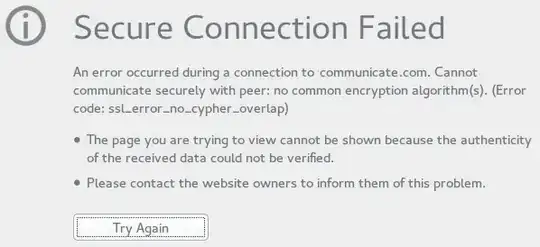I have been reading up on the POODLE vulnerability. From my understanding, and correct me if I am wrong, you need to allow connections to be made via SSLv3 on the server.
The server I am currently running defaults to TLS 1.0 in the browsers I have tested but I am not certain if the connection will downgrade to SSL 3.0 if the client asked for it.
Is there a way in Chrome or any other browser to force the use SSL 3.0. I merely want to test if my site(s) permit connection via SSL 3.0 or not.

